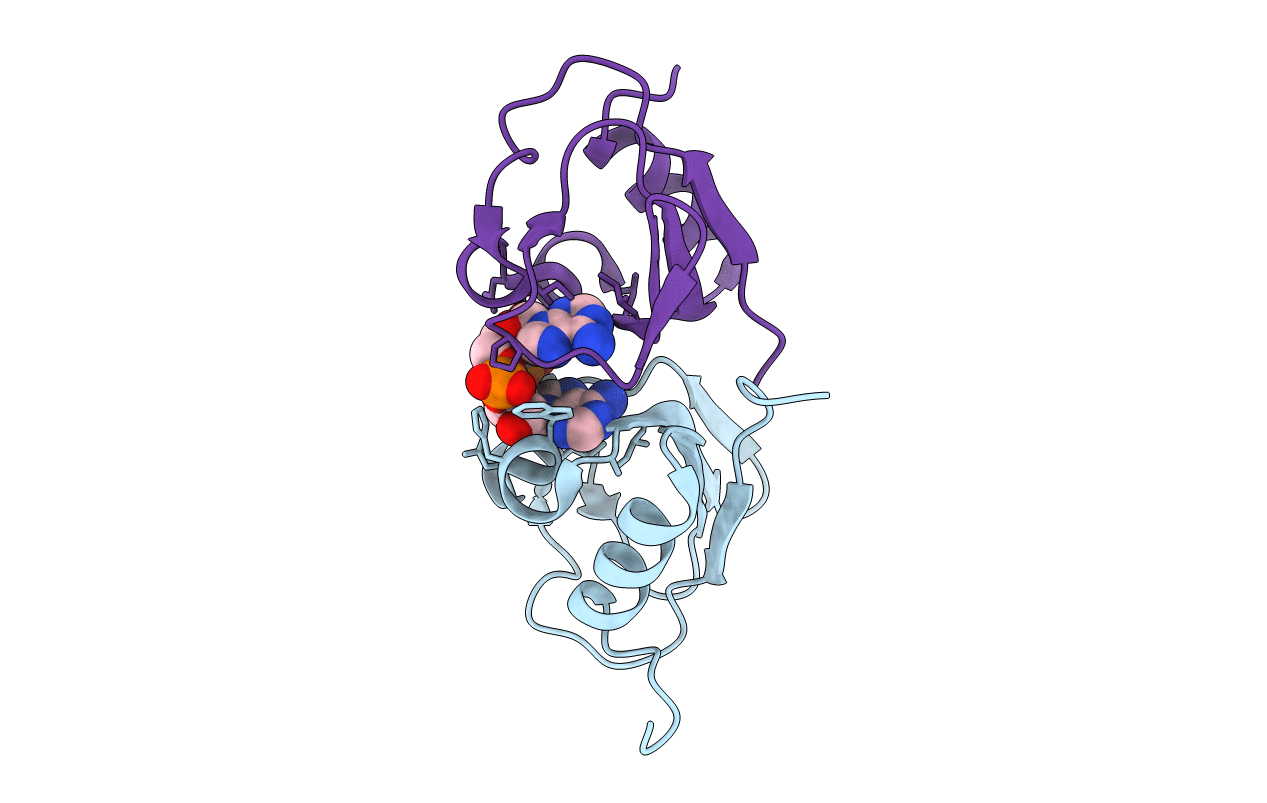
Deposition Date
2020-12-07
Release Date
2021-08-11
Last Version Date
2024-01-31
Entry Detail
PDB ID:
7B5U
Keywords:
Title:
RCK_C domain dimer of S.agalactiae BusR in complex with c-di-AMP
Biological Source:
Source Organism:
Streptococcus agalactiae (Taxon ID: 1311)
Host Organism:
Method Details:
Experimental Method:
Resolution:
1.20 Å
R-Value Free:
0.15
R-Value Work:
0.13
R-Value Observed:
0.13
Space Group:
P 1 21 1


